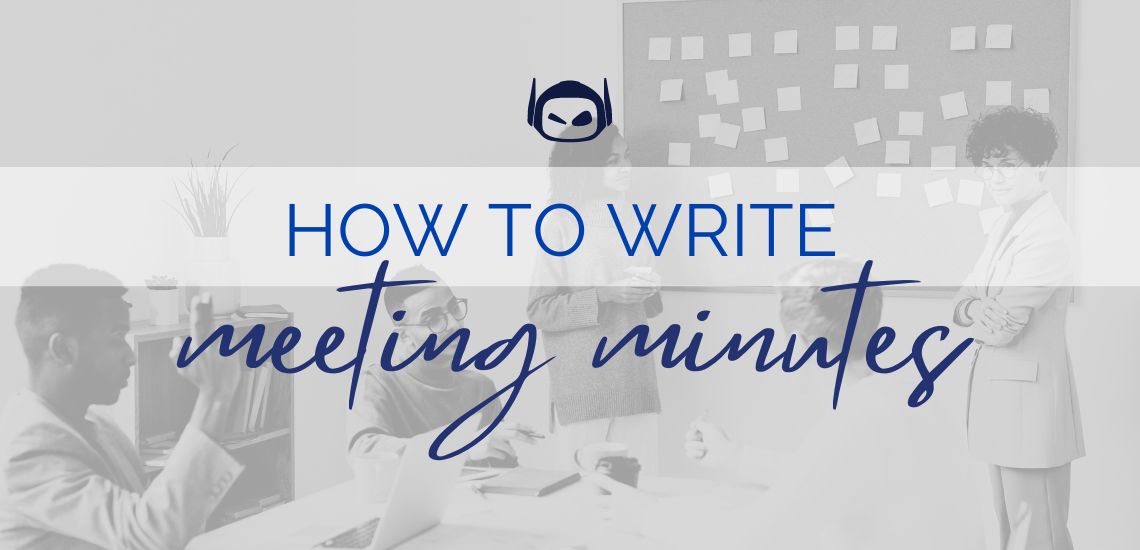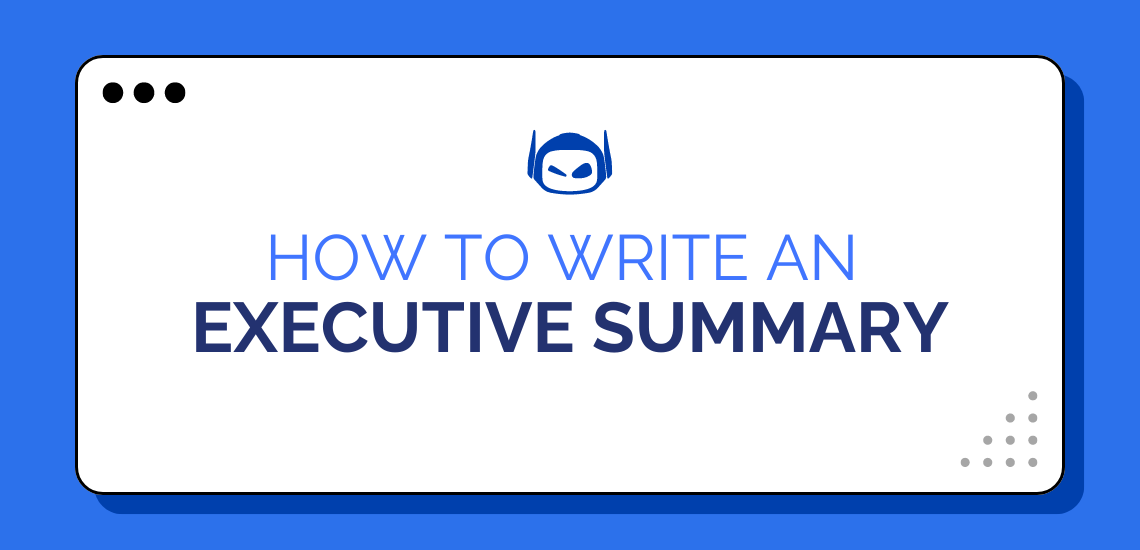
Step-by-Step Instructions for Writing
No one can remember every single detail from a meeting....

Step-by-Step Instructions for Writing
Think of the abstract as the shop window of your...

Step-by-Step Instructions for Writing
Learning how to write an executive summary is essential when...